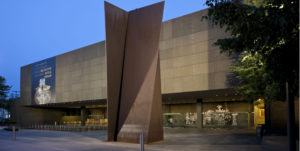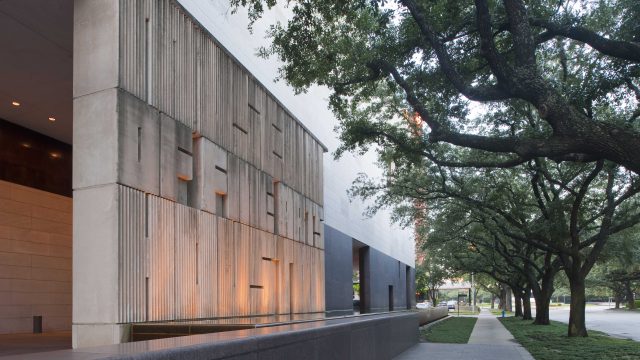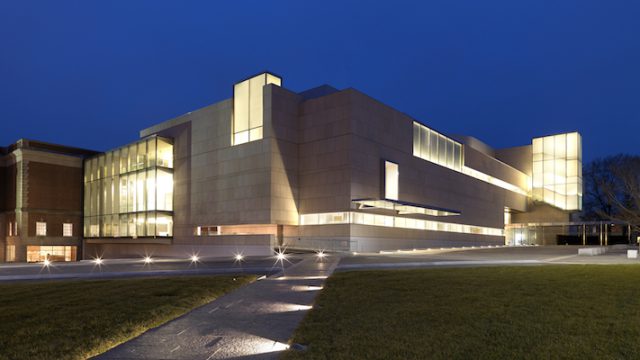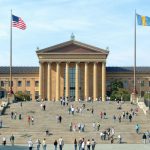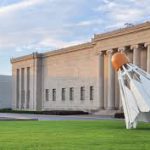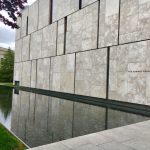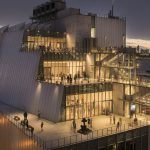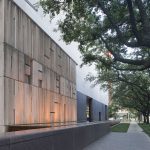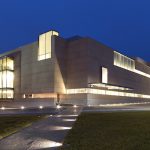Location
Carnegie Museum of Art, 4400, Forbes Avenue, Schenley Farms Historic District, North Oakland, Pittsburgh, Allegheny County, Pennsylvania, 15213, United States
Contact Information
Address
Carnegie Museum of Art, 4400, Forbes Avenue, Schenley Farms Historic District, North Oakland, Pittsburgh, Allegheny County, Pennsylvania, 15213, United States
Email
Website
Zip/Post Code
15213

